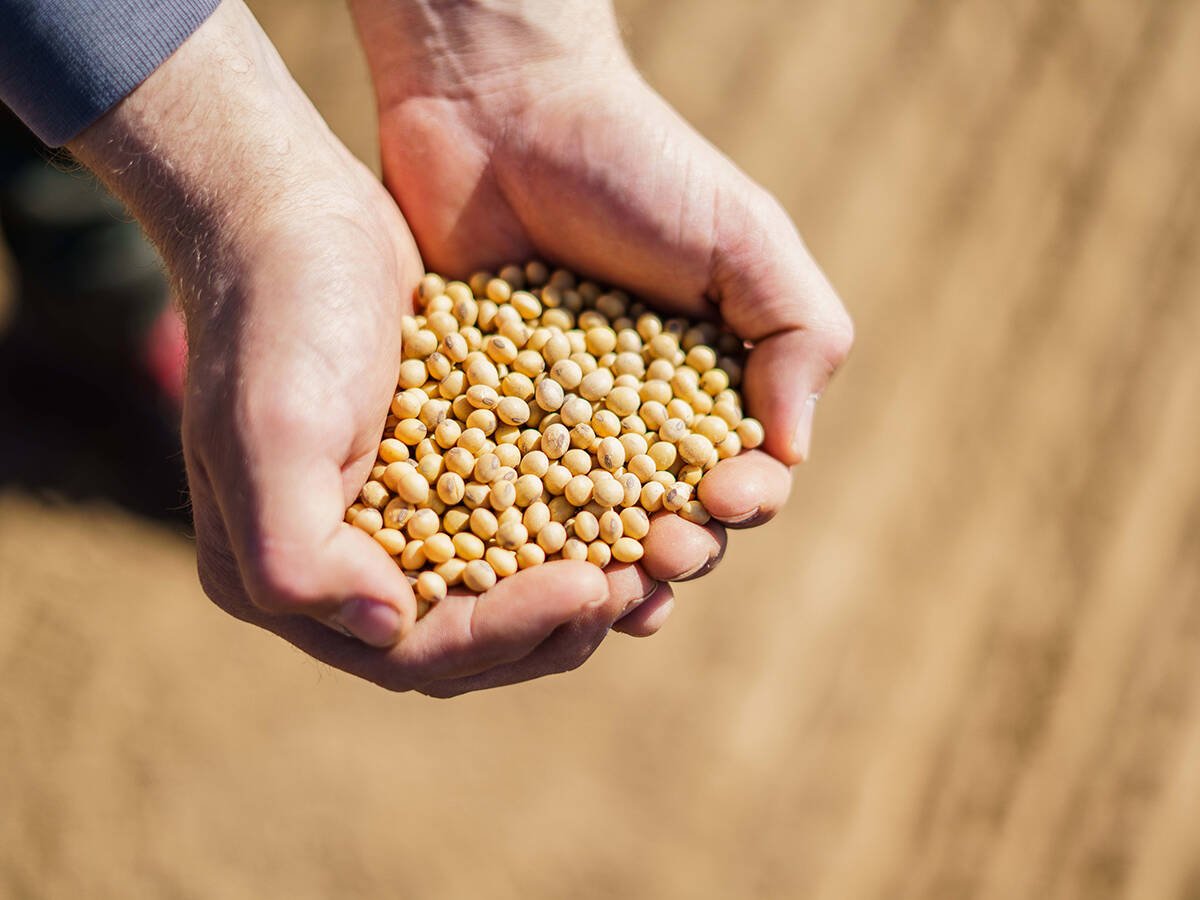ZURICH, Switzerland (Reuters) — Media reports that Monsanto had talks about a $40 billion takeover of Swiss rival Syngenta have stoked talk of increased mergers and acquisitions in the chemical and life science industry.
Monsanto, the world’s largest seed company, and Syngenta had held preliminary talks about combining, partly to allow the U.S. company to benefit from lower Swiss holding taxes, according to a report from Bloomberg. The talks were later abandoned, the report said.
Analysts expect more deals in the sector as larger players like Monsanto, Bayer and BASF look to bulk up and broaden their reach in crop protection and seeds.
Read Also

U.S. government investigates high input costs
The USDA and DOJ are investigating high input costs, but nothing is happening in Canada.
In April, Chemtura Corp agreed to sell its agrochemical business to rival Platform Specialty Products Corp for about $1 billion.
And Denmark’s Auriga Industries, which controls Danish crop chemical maker Cheminova, said June 13 that it was reviewing strategic options.
Companies in Asia are also looking for more expertise in agrochemicals and seeds, partly because governments such as China’s want to increase domestic production and safeguard food security.
The reported talks with Monsanto put pressure on Syngenta head Mike Mack to bolster company performance and shareholder returns, said several analysts.
Syngenta’s shares have lagged those of European rivals, falling 1.2 percent over the past year compared with a nearly 21 percent rise in the European chemicals sector.
“This steadily increasing M&A story plus the activism theme we are seeing in U.S. chemicals mean that management teams in Europe are under more pressure to improve balance sheet efficiency and/or share prices,” said Deutsche Bank analyst Virginie Boucher-Ferte.














